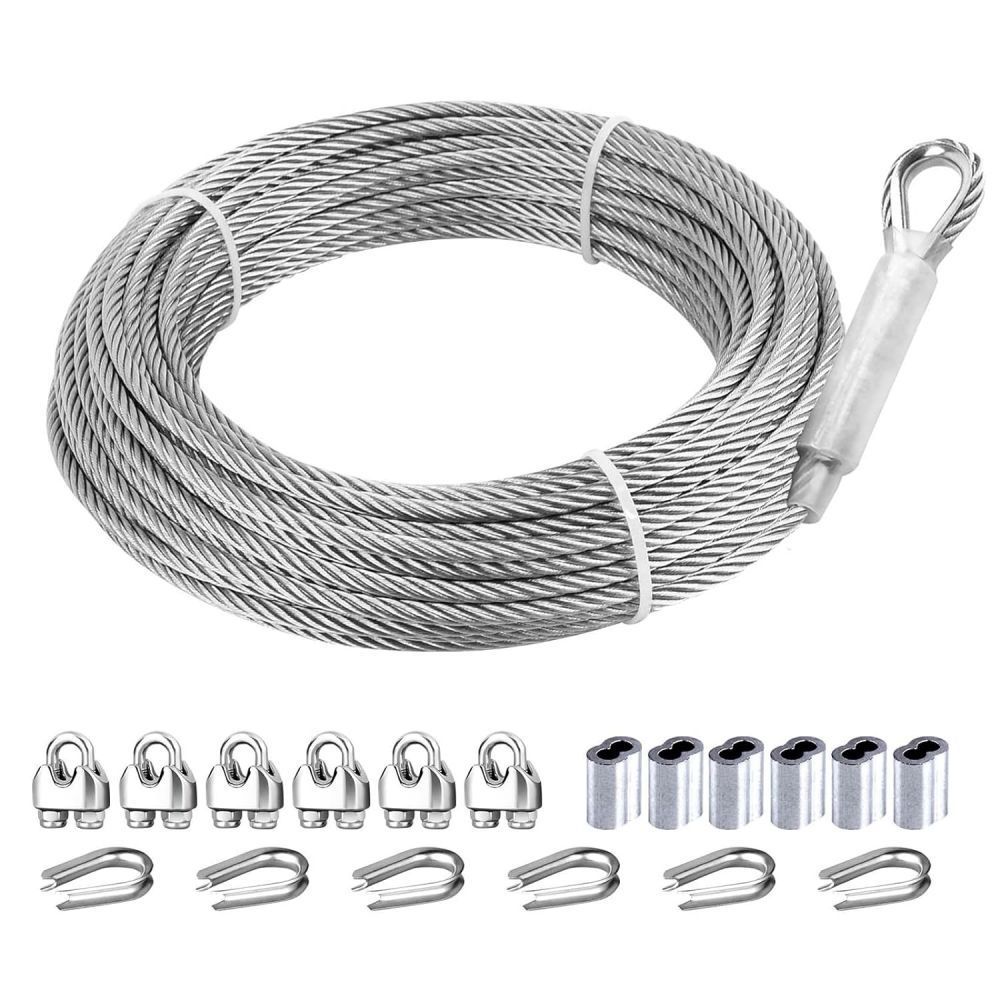
Stainless wire ropes are vital for their strength and corrosion resistance. Blogs offer insights for professionals and DIY enthusiasts on their uses and benefits. Here’s what you can typically expect to find in these blogs:
Anchor shackles, also known as bow shackles, are characterized by their larger, rounded “O” shape. While both names are used interchangeably, a bow shackle typically has a more pronounced bow area compared to an anchor shackle. This rounded design allows anchor shackles to take loads from multiple directions without developing significant side load. However, the larger loop shape of an anchor shackle reduces its overall strength compared to other types, but it can accommodate larger straps.
Chain shackles, or D-shackles, have a “D” shape design that is narrower than anchor shackles. They usually feature a threaded pin or pin close. The smaller loop is designed to take high loads primarily in line, meaning side and racking loads might twist or bend a D-shackle. Chain shackles are commonly available in galvanized metal and stainless steel, with various pin options.
Both stainless steel and galvanized metal provide excellent protection from rust and corrosion, making them suitable for different applications
Both stainless steel and galvanized metal provide excellent protection from rust and corrosion, making them suitable for different applications
Galvanized shackles are ideal for industrial applications where moisture is not a significant issue. They have a thin coating of zinc oxide to protect the steel from elements that cause corrosion and oxidation. Galvanized shackles are generally more affordable than stainless steel while maintaining strength and durability.
Stainless steel shackles, particularly those made of type 316 stainless steel, offer superior corrosion resistance, making them ideal for marine applications. Type 316 stainless steel contains molybdenum, which enhances its resistance to ocean water mist, spray, and high-chloride environments, making it suitable for sailing and yacht rigging.
Snap shackles feature a spring-activated mechanism that allows for quick, one-handed operation. They are best for applications where speed is essential, or there is a need to repeatedly connect and disconnect. However, snap shackles generally have lower working load limits compared to bolt-type or pin-type shackles, making them unsuitable for heavy-duty applications.
We offer four main types of snap shackles, all in Type 316 stainless steel:
The pin that locks a shackle is a crucial factor in determining its suitability for a job. Pin styles include loose pins, captive pins, round pins, screw pins, and bolt-type pins.
Screw Pin Shackles These are popular due to their easy connection and disconnection.
Captive Pin Shackles The pin remains attached to the bow, essential for marine applications to prevent accidental loss.
Bolt-type Shackles Secure with a bolt/nut/cotter pin combination, making them suitable for more heavy-duty securement.
Understanding the differences between these types of shackles and their materials and pin options will help you select the right shackle for your specific needs, ensuring safety and efficiency in your operations.
Stainless wire ropes are vital for their strength and corrosion resistance. Blogs offer insights for professionals and DIY enthusiasts on their uses and benefits. Here’s what you can typically expect to find in these blogs: